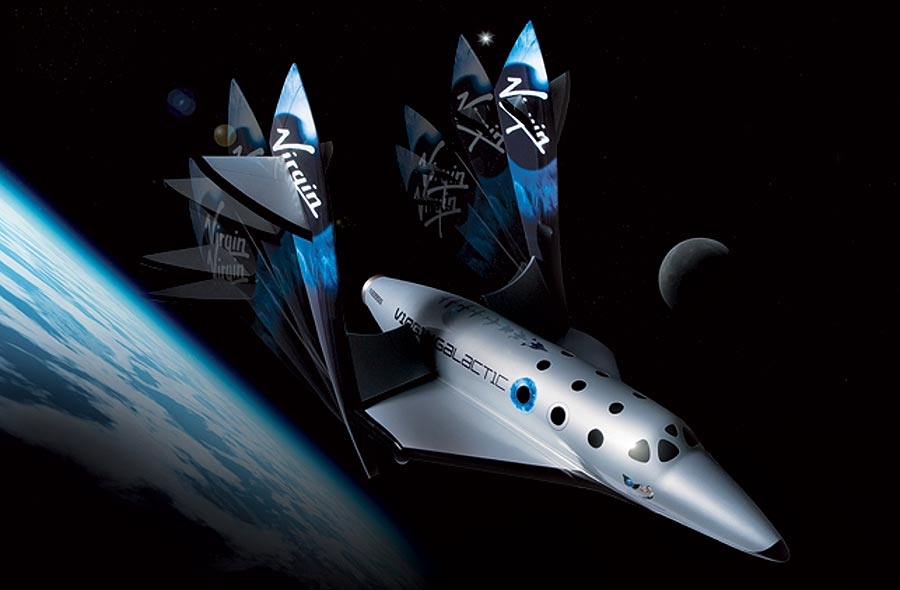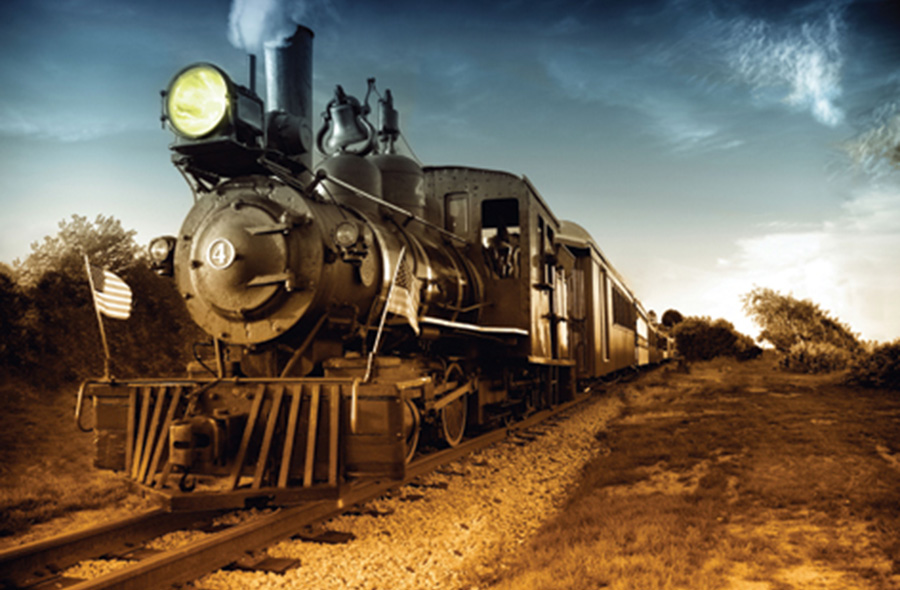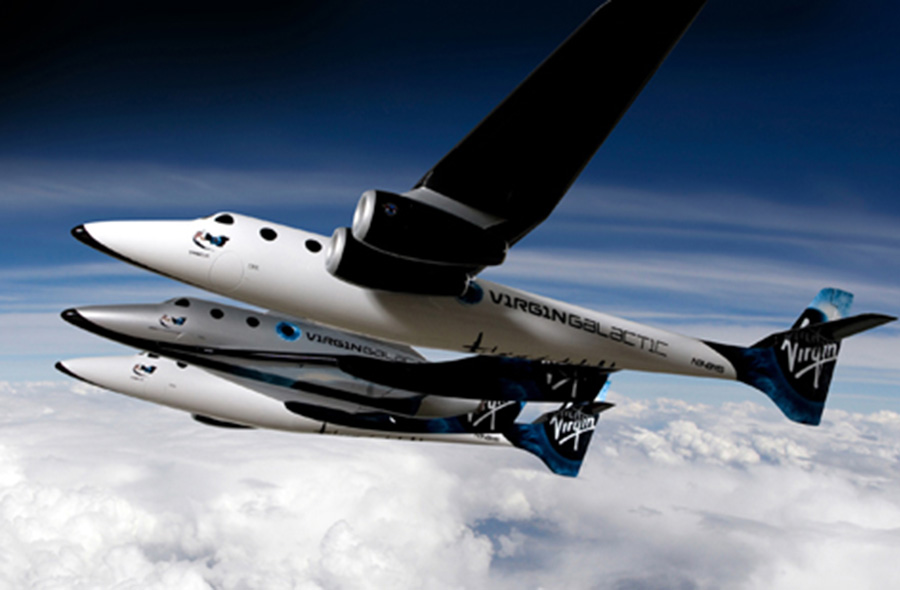
The evolution of transportation, just like the evolution of humankind, has gone through trials and tribulations as it has evolved through time.
It has ebbed and flowed, overcoming challenges to grow to ever-increasing levels of complexity and efficiency. Today, we often take for granted our ability to get from one place to another, nearby or distant. We expect to get there, but don’t often reflect on how, and we suppose, more than we actually know, how we move from one location to another. But throughout history, we have had to slowly but surely, painstakingly evolve our means of transportation to where it is today.
Many modes of transport have evolved and many more have gone extinct. The modes of our transportation have developed alongside the expansion of our human understanding and culture. Our greatest demands and challenges have, in turn, initiated our greatest inventive feats that have taken us from where we have come to where we intend to go. Transportation technology has been the key to our most powerful sociological and teleological growth. And as it has done so in the distant past, it will continue to do so into the distant future.
During the stone age of antiquity, we walked and ran upon the solid earth and swam and floated in dugout canoes upon the liquid rivers or seas. By 3500 BC, we began using wheeled carts and river boats. By 3100 BC, we tamed horses to assist our way. By 2000 BC, we built chariots. By 600 BC, we built wagons. By 332 BC, we built submersibles. By 312 BC, we built miles of paved roads. By 236 BC, we constructed our first elevators. By 214 BC, we built canals. By 200 BC, we constructed manned kites to fly.
During the middle ages in the 800s, we paved streets with tar.
During the 13th century, by the late 1200s, we invented sky-flying rockets.
During the 15th century, by the later 1400s, we built advanced sailing ships to cross entire oceans.
During the 16th century, we began using horse-powered rails of wood and stone.
During the 17th century, by 1620, we launched the first oar-propelled submarine. By 1662, we invented the horse-drawn bus. By 1672, we built the first steam-powered car.
During the 18th century, by 1740, we invented the foot-and-hand-powered carriage. By 1769, we experimented with the steam-driven artillery tractor. By 1760, we used iron rails. By 1776, we propelled submarines by screws. By 1783, we launched the first hot air and hydrogen balloons. By 1784, we built a steam carriage.

During the 19th century, by 1801, we ran steam road locomotives. By 1803, we ran commercial steam carriages and steamboats. By 1804, we built steam-powered railway locomotives and amphibious vehicles. By 1807, we used hydrogen-powered internal combustion engines in boats and road vehicles. By 1816, we invented bicycles. By 1820, we used steam locomotives on rails. By 1821, we used steam-powered monorails. By 1825, we began using steam-powered passenger carriages. By 1838, we built the first transatlantic steamship. By 1852, we invented the elevator. By 1853, we built aircraft gliders. By 1862, we made gasoline engine automobiles. By 1867, we began using motorcycles. By 1880, we built electric elevators. By 1896, we built electric escalators. By 1897, we had the steam turbine and electric bicycle.
During the 20th century, by 1900, we built airships. By 1903, we flew motor-driven airplanes and sailed in diesel engine canal boats. By 1908, we drove gas engine automobiles. By 1911, we launched diesel engine driven ships. By 1912, we launched liquid-fueled rockets. By 1935, we built DC-3 transport aircrafts. By 1939, we built jet engine-powered aircrafts. By 1942, we launched V2 rockets. By 1947, we had supersonic manned flights. By 1955, we had nuclear-powered submarines. By 1957, we launched a man made satellite into orbit — Sputnik 1, built container ships and flew commercial Boeing 707s. By 1961, we launched the first manned space mission orbiting the Earth. By 1969, we flew Boeing 747 wide body airliners and made the first manned moon landing — Apollo 11. By 1971, we launched the first space station. By 1976, we flew the supersonic concord passenger jet. By 1981, we flew the Space Shuttle. By 1994, the channel tunnel opened.
During the 21st century, by 2001, we launched the first self-balancing personal transport. By 2004, we operated commercial high-speed Maglev trains and launched the first suborbital space flight — SpaceShipOne. By 2012, we have now probed and viewed beyond the edge of our solar system with Voyager 1 spacecraft.

So, where do the remainder years of this century and the future of transportation now take us? Back to the moon, to Mars, or to Jupiter and beyond? Will we continue on our pioneering quest for those proximal and then most distant planets and stars that at present we have only a dim apprehension of? Will we probe the greatest depths and heights of the Earth and exceed the greatest speeds and teleport the holographic particle forms of our most creative imaginations? Will there be an end to our inventive and transportation horizons? Or will we continue to go where no man or woman has ever dared to go before and beyond?
It is our nature to explore, encompass and conquer the world and the many potential worlds we now appear to know. Our anthropology demonstrates this ever-expanding quest for awareness and influence. The history of our evolving transportation and the mystery of its future will be in our hands, hearts and minds. The only limits to our creative and inventive endeavors will be those we self-impose and those of the misunderstanding of our constraining and possibly liberating laws of the universe. May we step out onto the diving board of life and take the next quantum leap into the inspiring and inventive frontiers of the transportation minds of the future. May we let no boundary stop us from our ultimate destiny to reach for the stars. May our compelling desire to know the universe lead us onward and outward to those new and broader transportation horizons of tomorrow. Wow, what an inspiring reflection upon from where we have come and to where we will go.

